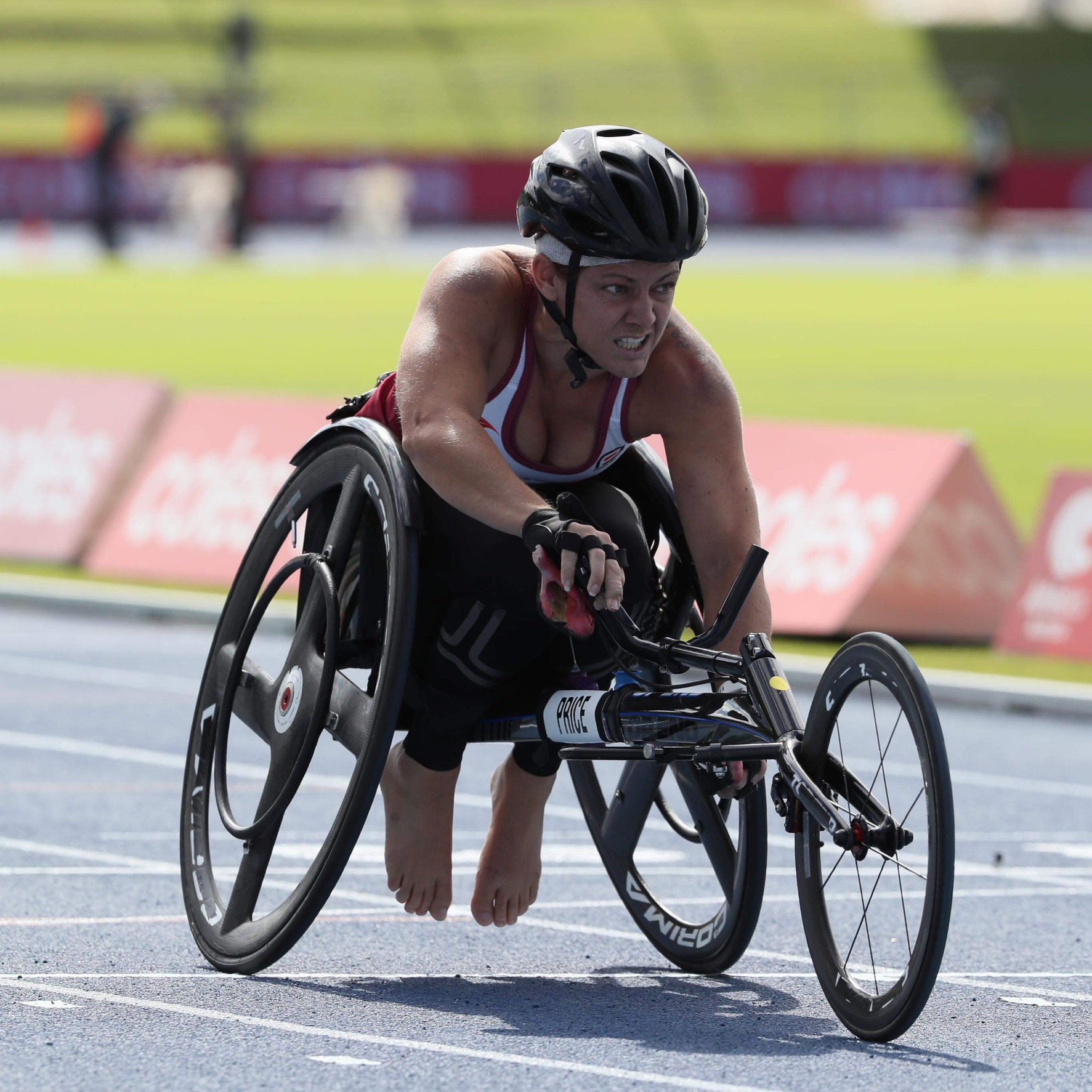When a C-section is the safest birth option
When you’re pregnant, there’s a lot of talk about the “birth plan” – basically a blueprint for how you’d like the baby’s delivery to go in an ideal scenario.
But sometimes life doesn’t cooperate and that’s OK, says mum of two Manal Shaker-Ventura, who had hoped for two ‘natural’ births with minimal medical intervention, but ended up having a Caesarean section (or C-section) both times. “Although I wanted a vaginal birth, I didn’t write a birth plan because I wanted to avoid the potential disappointment that I’d heard other new mums talk about,” she tells This Is MedTech.
“My first pregnancy was considered high-risk because I’d developed gestational diabetes. That meant I was already scheduled to give birth in the labour ward as opposed to a birthing pool, for example,” she explains. On the labour ward doctors would be able to monitor Manal and her baby more closely. When the day came, Manal’s waters broke before any contractions had started. It was slow going. The contractions eventually began but after 12 hours, progress had stalled and Manal received an epidural injection to ease the pain. “After that, the baby’s heart rate started dropping and it was decided that an emergency C-section would be the safest way to deliver,” she says.
A C-section is an operation where a 10-20cm cut is made along the front wall of the abdomen and womb in order to deliver the baby. In the UK, about 20-25% of pregnant women have a Caesarean birth, with most carried out under spinal or epidural anaesthetic. The whole operation usually takes 40-50 minutes. With the epidural, Manal was awake, but the lower half of her body was numbed. “It went really quickly,” she recalls. “I was attached to lots of wires and monitors, but I didn’t feel any pain even though I knew what was going on. For something that people are so scared about, it’s really not that bad.”
As with any major surgery there was some post-op soreness, but overall Manal’s recovery went smoothly. She and her healthy son were home within days. However, when she fell pregnant four months later and again developed gestational diabetes, doctors were concerned that her body hadn’t had time to fully heal. They agreed that a carefully monitored induced labour would be the safest option. Nevertheless, the plan was for a vaginal birth, barring any complications. Most women who have had C-section can safely have a vaginal delivery for their next baby, known as ‘vaginal birth after caesarean’ or VBAC.
“Again, my waters broke but there were no contractions,” she remembers. When the contractions did come about 15 hours later, she was given gas and air but after about an hour, the monitors were showing that the baby’s heartbeat had started dropping. Within minutes, the doctors agreed that an emergency C-section was the best option. “It was December 27th and the hospital was super-quiet. Once the decision was made to do the C-section, suddenly there were ten doctors in the room and things got very busy.”
Having been through the procedure before, Manal knew she was in good hands and what to expect. Once again, there were no complications and she gave birth to a healthy baby girl. “The second time my recovery was a lot quicker and the post-surgery pain was a lot less. I was out of the hospital walking around after two days,” she notes.
Looking back on her two C-sections, Manal admits that she felt a little disappointed immediately after the births because she hadn’t had a chance to experience a natural delivery but says: “It is what it is. I have two healthy babies and I’m grateful that I live somewhere with a great medical system and facilities where it’s possible to have this type of medical intervention. Otherwise it could’ve been a very different story.”
April is Caesarean Awareness Month, which aims to educate people about caesareans and support the women who have them.






